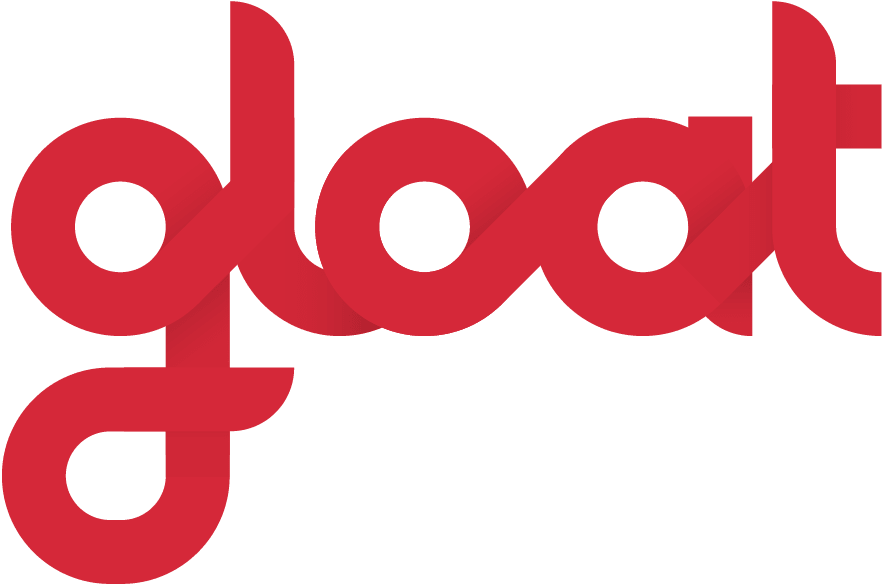How to successfully manage your talent pool
Learn how to harness AI to streamline talent development and growth

As skill needs shift and the proliferation of AI continues to accelerate, many HR leaders recognize that it’s time to reassess their approach to developing and managing talent pools.
In the past, HR and talent acquisition teams primarily looked outside of the organization to build their talent pools and fill vacancies. However, in our new chapter of work hallmarked by labor shortages and steep competition for skills, more organizations are turning their attention inward and focusing on upskilling and reskilling their existing talent.
Instead of relying on external hires, it now falls on HR teams to nurture their employees and develop an in-depth understanding of the skills their workforce has to offer and how they can harness them effectively.
What is talent pool management?
Talent pool management is the process of maintaining a database of potential candidates for a company and ensuring they are engaged and possess the skills needed to make them suitable candidates for future opportunities. It involves engaging with existing employees as well as past and prospective employees to assess their capabilities and offer them training to help them grow and develop when applicable.
While some may associate talent pool management solely with external recruitment efforts, it also includes evaluating the skills within your existing workforce so you can identify opportunities to upskill, reskill, and redeploy employees accordingly.
4 benefits of strong talent pool management
There are several reasons why prioritizing effective talent pool management is beneficial, including:
#1. Faster and more efficient hiring processes
When leaders take an internal-first approach to hiring and career mobility, they often end up saving time in the long run. Ultimately, even the savviest people in your pool of external talent will need months of training and onboarding, while employees who are deployed into new roles will require far less ramp-up time because they already know how your organization works.
#2. Reduced costs
In addition to saving time, prioritizing internal talent pool management and development typically leads to impressive cost savings. When your workforce feels engaged and empowered to take on new opportunities within your business, they will be far less likely to jump ship for a position with your competition—which can in turn help your business keep costs associated with voluntary turnover in check.
Since Deloitte estimates that large enterprises can incur losses of more than $400 million annually due to voluntary turnover, reducing churn by prioritizing internal talent pool management can be seen as an effective cost-saving initiative.
#3. Enhance workforce agility and adaptability
In our era of accelerated innovation and nonstop disruption, every organization must be able to rapidly pivot and adjust their product offerings as consumer preferences evolve. The only way to unlock this level of agility is by prioritizing talent pool management so that leaders have an array of employees with in-demand skills they can tap into at a moment’s notice. When all employees are encouraged to keep growing their skill sets strategically, managers and leaders will have plenty of options to choose from when it comes time to staff upcoming projects.
#4. Improve employee engagement
Since two in three workers believe they would leave a job where no internal mobility is offered, it’s safe to say that the link between access to opportunities and improved engagement and retention is pretty powerful. Prioritizing internal talent pool management and development sends a strong message to employees that their future with your organization is bright.
5 tips to manage your talent pool successfully
If you’re looking to level up your talent management tactics by taking an internal-first approach, consider the following best practices
#1. Prioritize internal talent
Traditionally, talent pool management often centered around keeping tabs on external candidates and bringing them into your organization whenever you had a vacancy to fill. But in our new world of work, it’s often in companies’ best interest to reskill and upskill internal talent before looking to the outside market. It is 1.7 times more expensive to recruit, train, and onboard talent from outside your organization and these new hires are 61% more likely to be terminated when compared to existing members of your organization.
#2. Identify workforce skills and skill gaps
HR teams need a full picture of the skills within their workforce in order to manage talent pools strategically. In the past, leaders may have devoted a lot of time and money to external hires—even when there was an internal candidate who possessed comparable skills. To prevent top internal talent from getting overlooked, HR needs a comprehensive breakdown of the capabilities their workforce has, which is where skills intelligence comes into play.
The best offerings include insights and recommendations from purpose-built AI algorithms to pinpoint which skills you should be hiring for as well as the expertise you have in-house. These systems can also identify potential skill gaps before they emerge so leaders and managers can begin training up their internal talent pools to prevent future knowledge shortages.
#3. Develop learning pathways
Once leaders understand the skills their talent pools have and those they need, they must carve out learning pathways consisting of experiential learning opportunities to help their employees hone new expertise. Projects, gigs, and mentorships are just a few examples of the hands-on learning experiences that will help employees utilize the lessons they’re learning in their L&D curriculums. Talent marketplaces give everyone transparency into the development opportunities that your organization has to offer, in turn breaking down boundaries and empowering employees to achieve their full potential.
#4. Diversify your talent pools
Rather than viewing your talent pools as being composed primarily of potential job candidates or even employees on a singular team, leaders should take a broader, skills-focused approach to talent pool management. If a project or opportunity arises that requires an extra set of hands, visionary executives harness talent marketplaces to identify internal talent with the skills and expertise they’re looking for. This talent can come from anywhere in their organization and by working together cross-functionally, they can reduce silos while also getting key projects across the finish line.
#5. Monitor your progress
HR teams must keep tabs on the talent pools they’re managing to help them evolve as business priorities shift and market conditions change. To maximize the value of internal talent pools, leaders can harness skills intelligence systems like Gloat’s Skills Foundation to keep job architectures updated. They can even view suggested positions to merge and job codes to update and receive recommendations on relevant and trending skills that should be prioritized, based on internal and external data sources.
3 common talent pool management challenges
As you finalize your talent pool management strategy, keep an eye out for the following obstacles:
#1. Keeping skills data accurate and updated
In the past, leaders often relied on skills taxonomies to keep tabs on the skills within their internal talent pools. While having any type of system of record is a step in the right direction, skills taxonomies are more of a point-in-time picture of workforce skills, meaning they become outdated as soon as someone in your talent pool picks up new expertise.
Consequently, these tools are almost always outdated and fail to give leaders the insights they need to manage their talent pools effectively. Rather than relying on them, savvy executives are turning to skills intelligence systems to get a comprehensive picture of the skills their people have and capabilities they will need to build in the future. Since these platforms are driven by AI, they can update in real-time to reflect any new expertise your internal talent pool acquires.
#2. Overcoming biases in the talent selection processes
Traditionally, talent selection processes have been skewed by bias-inducing factors such as where people went to school or mutual connections with a hiring manager. Rather than letting these boundaries dictate who’s qualified for what, organizations that prioritize equity use AI to ensure employees from all walks of life get a fair chance at internal opportunities. Instead of looking for one type of applicant or prioritizing a very specific set of criteria, talent marketplaces generate suggestions for best-fit internal candidates based on their skills and ambitions.
#3. Making strategic build borrow buy decisions
As budgets tighten and knowledge gaps widen, HR leaders will need to make strategic workforce planning decisions about when to build, borrow, and buy talent. In the past, most talent pool management processes focused mainly on buying—also known as hiring—new talent, but in our age of doing more with less, building and borrowing often prove to be the best option.
To guide this decision-making process, companies are harnessing skills intelligence systems to learn which roles are becoming outdated and which positions are becoming increasingly important as skill needs shifts. These platforms can also identify employees with transferable skills that will make them excellent candidates for redeployments into higher-priority areas of the business.
If you’re looking to take internal talent pool management to the next level, check out our talent marketplace 101 guide to learn how these AI-powered systems can help you tap into all the skills your workforce has to offer.





